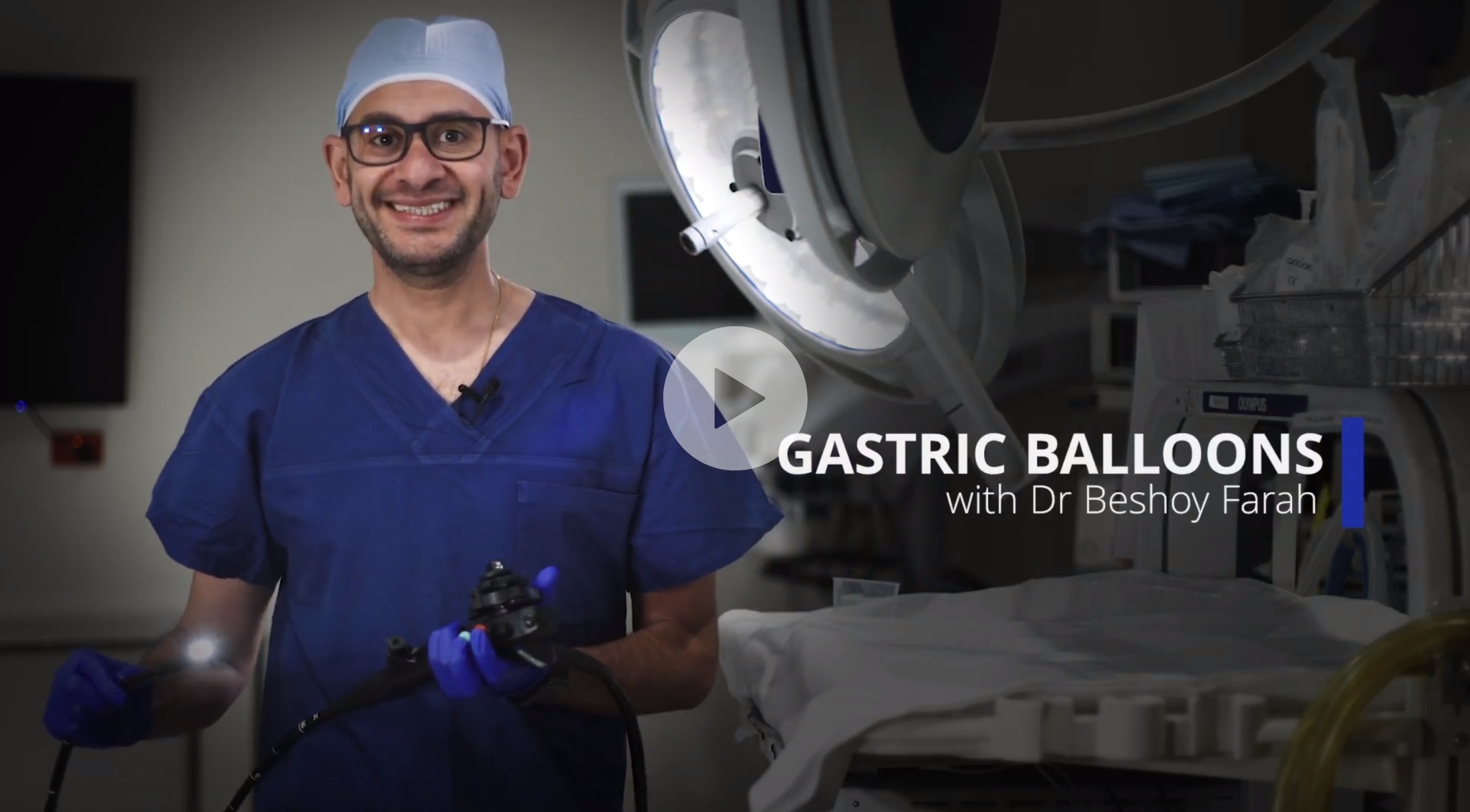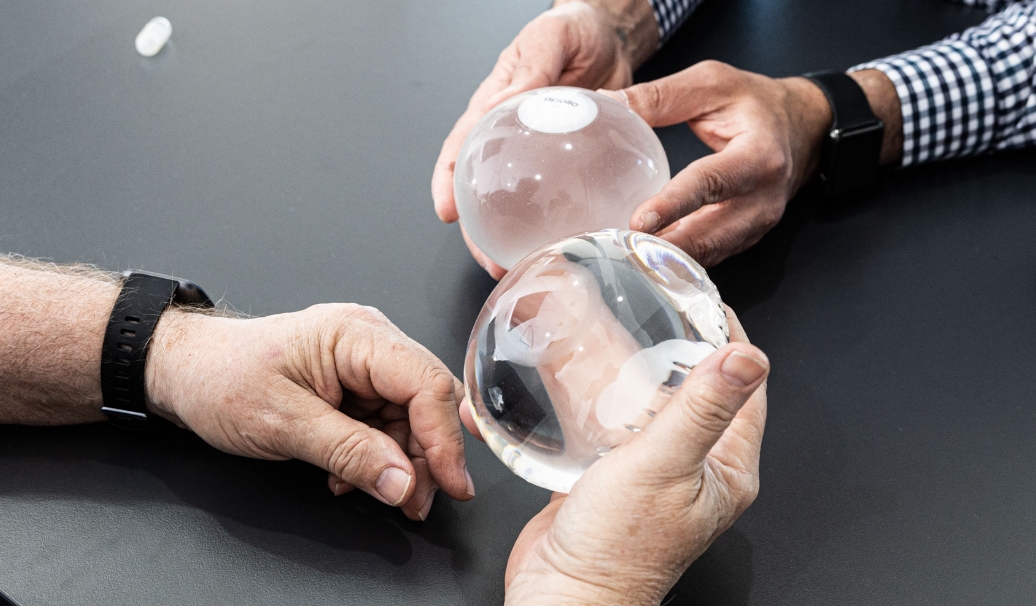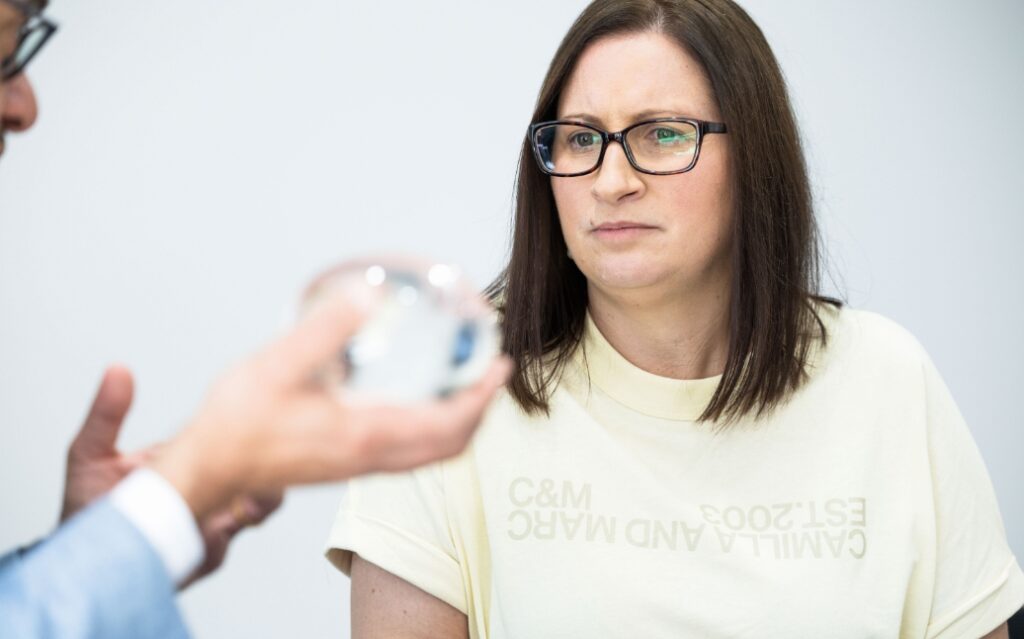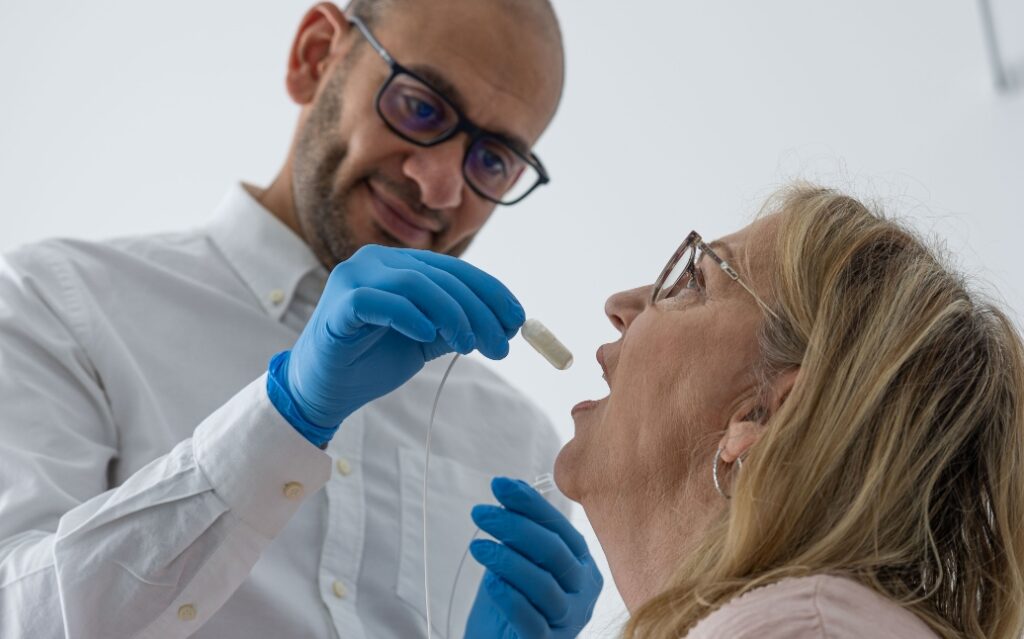Intragastric Balloons

Overview

More than 1.4 billion adults worldwide are overweight or obese. Such individuals often develop health conditions such as diabetes, hypertension, and heart disease. A modest weight loss of 5 to 10 percent may be sufficient to delay or prevent the onset of diabetes and other obesity-related illnesses.
However, safe and effective weight loss therapies are not accessible to everyone, nor is every patient an appropriate candidate. Intragastric balloon therapy is a minimally invasive, temporary method of inducing weight loss. It relies upon a soft saline- or air-filled balloon(s) placed in the stomach to promote the feeling of satiety and restriction.
The weight loss mechanism of intragastric balloon therapy is by restriction and likely by a change in gut motility. Any balloon with a volume of 400 mL or greater can induce satiety. Another possible mechanism of action that may contribute to weight loss is by the balloon causing a delay in gastric emptying, which has been shown to correlate with weight loss.
As with any bariatric procedure, the patient’s compliance with lifestyle modifications is essential for achieving and sustaining weight loss during and after therapy.
The indications for intragastric balloon therapy, choices of available balloons, potential adverse effects, and strategies of maintaining weight loss after balloon removal are discussed in this topic.

Indications

The initial management of obesity is with lifestyle intervention. All patients who would benefit from weight loss should receive counselling on diet, exercise, sleep, and goals for weight loss.
Intragastric balloon therapy is an option for patients with a body mass index (BMI) of greater than 27 kg/m2 who have tried and failed previous attempts at weight management with lifestyle changes alone.
It remains open where intragastric balloon therapy falls in the algorithm for patients with obesity seeking to lose weight (eg, whether it can be used alone, sequentially, with concomitant therapies, or as a bridge to longer-term weight-loss interventions, such as bariatric surgery).
For those who qualify for bariatric surgery, the provider should explain the efficacy and risk of both options and help the patient reach a decision based on their values and preferences (ie, shared decision making).

Call us today for an appointment at Gledswood Hills or Shellharbour
Contraindications
Patients seeking intragastric balloon therapy should be screened for potential contraindications with a complete history focusing on gastrointestinal disorders, a physical examination, and radiologic studies (when necessary).
Strict adherence to these contraindications helps to limit serious adverse events and maximize patient satisfaction.


Absolute contraindications to intragastric balloon therapy include:
- Previous gastric surgery
- Coagulation disorders
- Actively bleeding lesion in the upper gastrointestinal tract
- Pregnancy or desire to become pregnant
- Alcoholism or drug addiction
- Severe liver disease
Relative contraindications to intragastric balloon therapy include:
- Previous abdominal surgery
- Large hiatal hernia
- Inflammatory bowel disease
- Chronic nonsteroidal anti-inflammatory drug (NSAID) use
- Uncontrolled psychiatric disorders

Types of Intragastric Balloons
Intragastric balloons differ in material, volume, duration of therapy, adjustability, and method of insertion and removal. Dr Farah is highly experienced and knowledgeable on both types of balloons that he offers.

